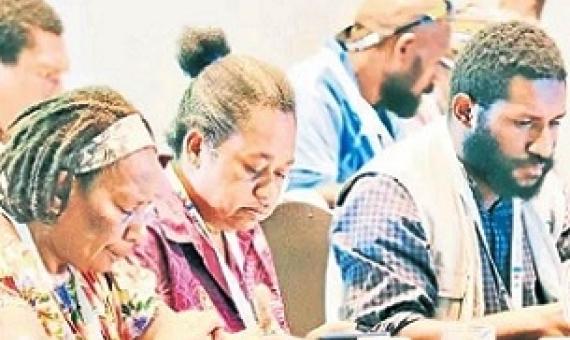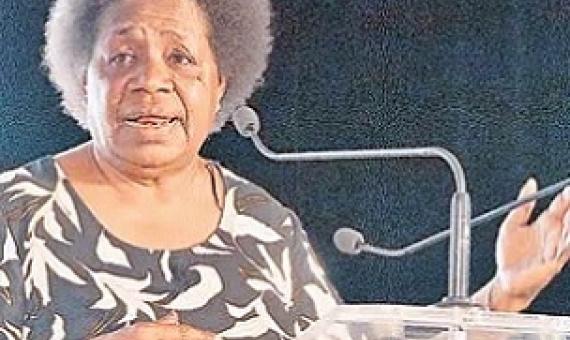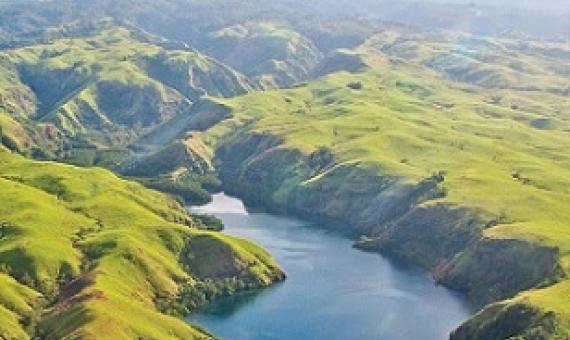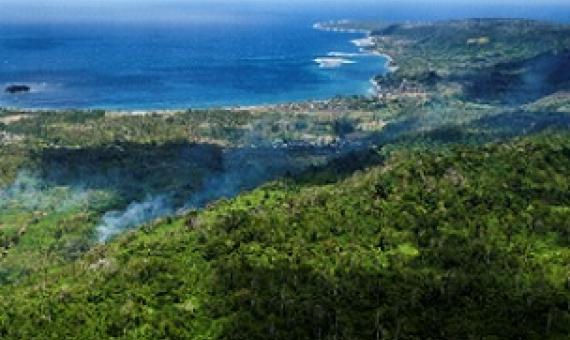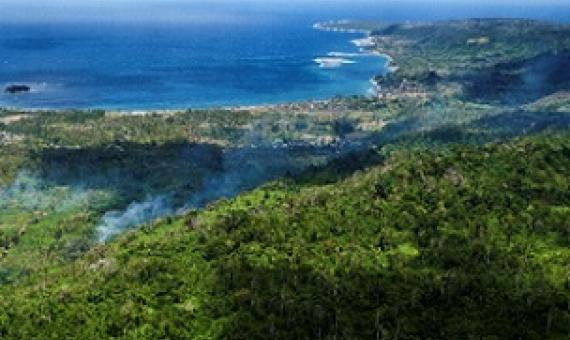Cepa sustainable programmes director Kay Kalim told the 3rd National Protected Area Forum in Port Moresby that the protected areas communities around the country are the guardians of PNG’s future and economic sustain-ability of land and sea use.
The Conservation and Protection Authority (CEPA) budget of K55 million for 2018 to 2028 is aimed at setting up conservation areas and protected ecosystems around Papua New Guinea.
The Sustainable National Land Use Policy 2021 aimed at developing the regional and national land use plan for PNG is coming on stream with a pilot program on the cusp of being trialed in the Northern Province...A Memorandum of Agreement (MOA) was signed in Popondetta, the Northern Province Capita
Introducing Pacific BioScapes
Pacific Island countries have identified many critical issues and national priorities to protect biodiversity, communities and ecosystem in our region. In response, the Pacific Biodiversity and Sustainable Land-SeaScapes (Pacific BioScapes) Programme has the overall aim to better managing our coastal and marine resource and adapting to climate change through ecosystem-based responses.Call Number: [EL]Physical Description: 1 p.
The Government of Vanuatu, through the Ministry of Climate Change Adaptation, and the SHEFA Provincial Government Council (SPGC) yesterday joined Efate’s Vaturisu Council of Chiefs’ Task Force to sign the Work Plan for the Efate Land Management Area (ELMA).
The Vanuatu Government is working with the chiefs and communities on Efate to ensure that the Efate Land Management Area (ELMA), a proposed conservation area within central Efate, is legally protected by end of this year.
Avoiding the Misuse of other Effective Area-based Conservation measures in the wake of the Blue Economy
Other effective area-based conservation measures (OECMs) represent unique opportunities to help achieve the 2030 biodiversity conservation agenda. However, potential misuse by governments and economic sectors could compromise the outcome of theses conservation efforts. Call Number: [EL]Physical Description: 6 p.
Padezaka Tribal Rainforest Conservation Area Management Plan
Our vision - is to protect, sustain develop, organize and utilize our forest's biodiversity and natural resources for the maximum benefit for our people and generations to come. At the same time achieving sustainable development goals empowering our people to be self-sufficient and productive in a cash base economic era.Call Number: [EL]Physical Description: 30 p.
Review of 2013-2017 marine species action plans
The purpose of this work was to consult with Pacific islands countries and territories to determine progress on implementation of the 2013-2017 action plans. Identify issues and challenges with implementing the plans. Obtain feedback about the plans in general. And the objective is to develop a series of Marine species action plans for 2022-2026Call Number: [EL]Physical Description: 11 p.
The nature conservancy - Arnavon community Marine park
Finding help to get the ACMP registered as Solomon Islands first national park in May.Call Number: [EL]Physical Description: 11 p.

